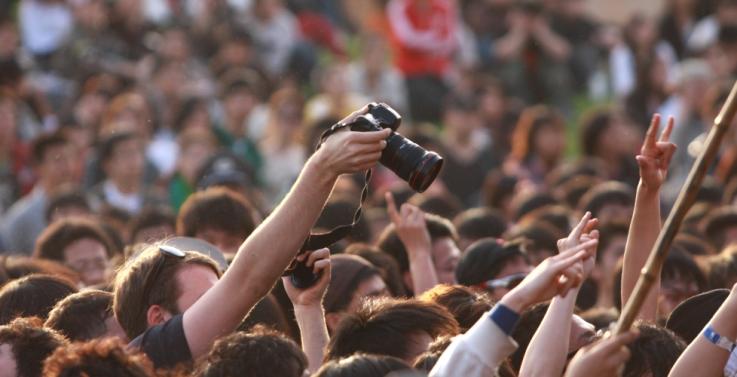
The Kony video hype has come and gone but a lesser-known part of that campaign continues – one using online crowdsourcing technology to map crimes allegedly committed by the Lord's Resistance Army.
According to Victoria University Visiting Professor Pompeu Casanovas and Visiting Research Fellow Dr Marta Poblet it is just one example of crowdsourcing data being organised for crisis mapping, which more than any viral video campaign is changing how we respond to crisis and war.
"This crisis mapping based on extracting relevant information from tweets, Facebook updates, SMSs, satellite maps and online videos is revolutionising the way humanitarian organisations operate," Dr Poblet said. "The information is real-time, open access and so more rapidly available than ever before."
It has proven so effective that aid agencies, governments, media and even the United Nations have requested the services of large volunteer and technical communities involved in crisis mapping to coordinate responses to the Libyan and Syrian conflicts, as well as natural disasters in Australia, New Zealand and Japan.
Dr Poblet volunteers with one such voluntary global network called The Standby Task Force and explained how it worked:
"If an organisation's request meets our activation criteria we set up a web platform and our teams start monitoring social media for specific information on the crisis: requests for help from victims, videos of what's happening, SMSs or tweets from local responders and so on," she said. "We categorize and verify this information then collate and map it in what's called a "mash-up", from which real-time situation reports can be generated."
These 'deployments' normally last two to four weeks, after which time the platform is handed over to whoever originally requested it.
Those who have requested the service so far include the UNHCR, World Health Organisation, Amnesty International USA and ABC Australia.
"What they find so helpful with this crowdsourced approach is the immediate real-time information from on the ground – it is available faster than governments can provide it and is available whether or not aid agencies and media can gain access," Dr Poblet said.
The technology had facilitated the emergence of a significant new form of social networking, she said.
"In an emergency the first responders are those on the ground in the neighbourhood, now there is a second type of neighbour also there on the scene immediately – a digital neighbour," she said.
Dr Poblet said it was also transforming the way traditional aid organisations operated.
"The very large traditional organisations with long experiences in humanitarian work have their own protocols that can make them a bit slower to act but even they are starting to open up to this," she said. "Increasingly they are acting as partners and The American Red Cross has even set up its own platform to monitor and analyze social media in real-time."
Professor Casanovas said crowdsourcing technology was revolutionising not just aid work but politics too, with the Constitution of Iceland being debated via crowdsourcing of the country's 320,000 citizens.
"It's a revolutionary process for direct democracy and a new challenge for the rule of law," Professor Casanovas said.
The researchers from Spain's Autonomous University of Barcelona are in Australia working with Victoria University's Professor John Zeleznikow in the School of Management & Information Systems, Faculty of Business & Law. Professor Casanovas is on a Salvador de Madariaga scholarship to develop a research program on technology and relational law.
